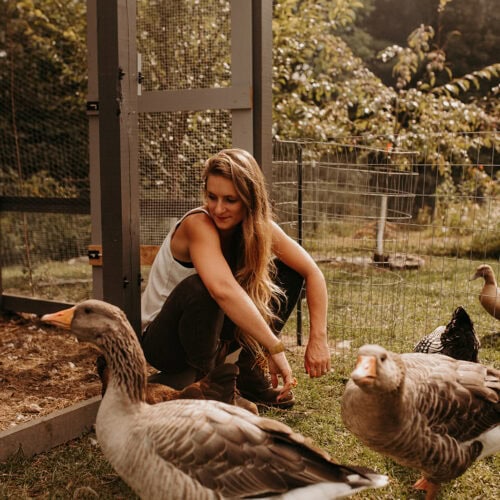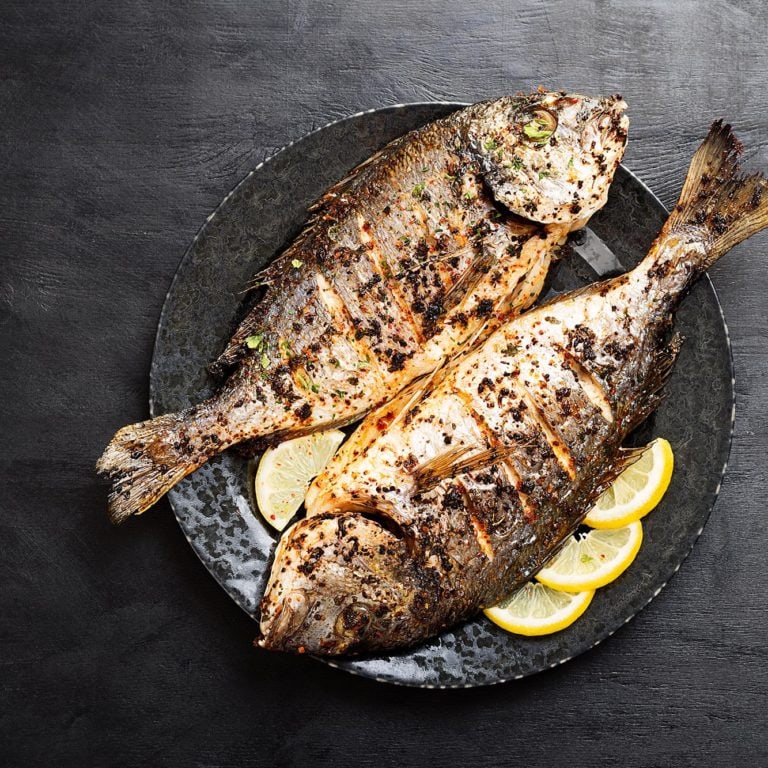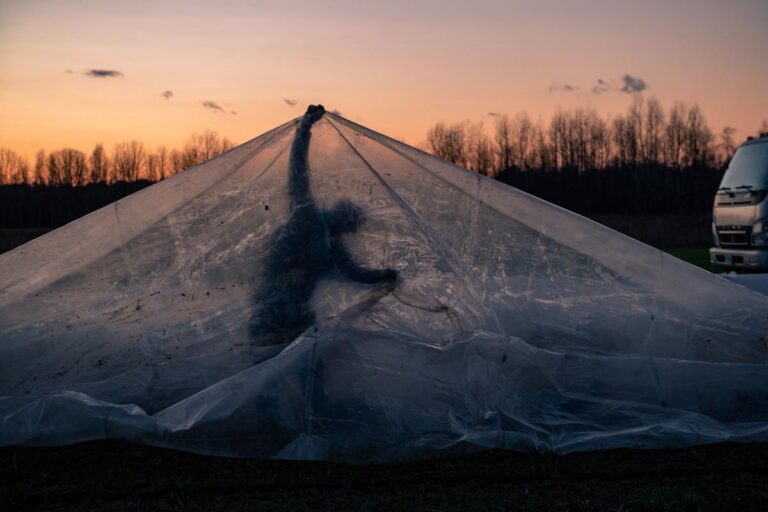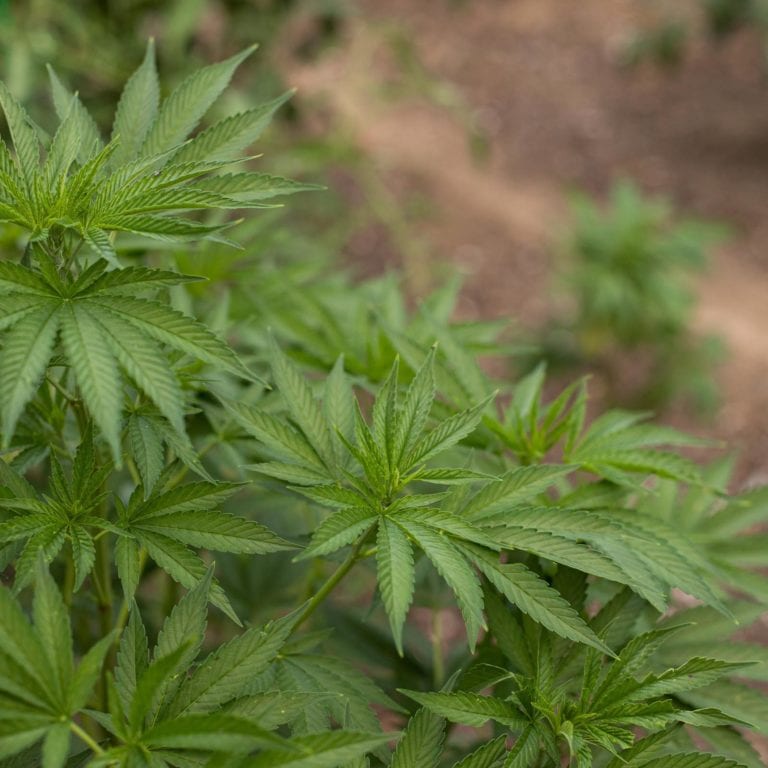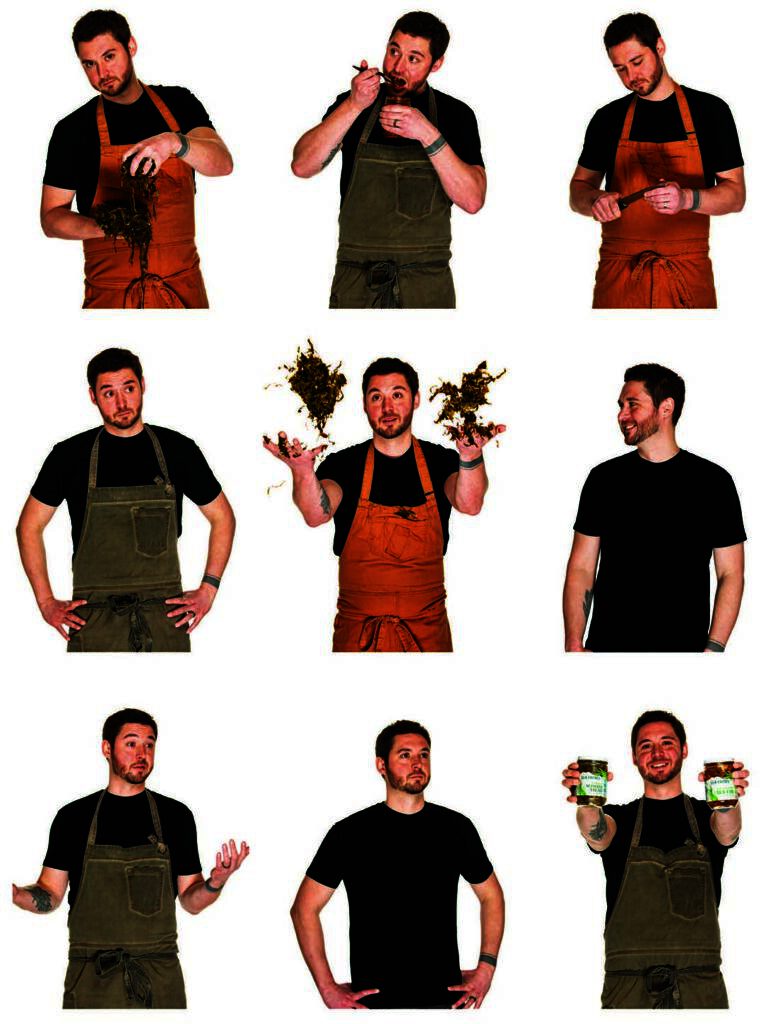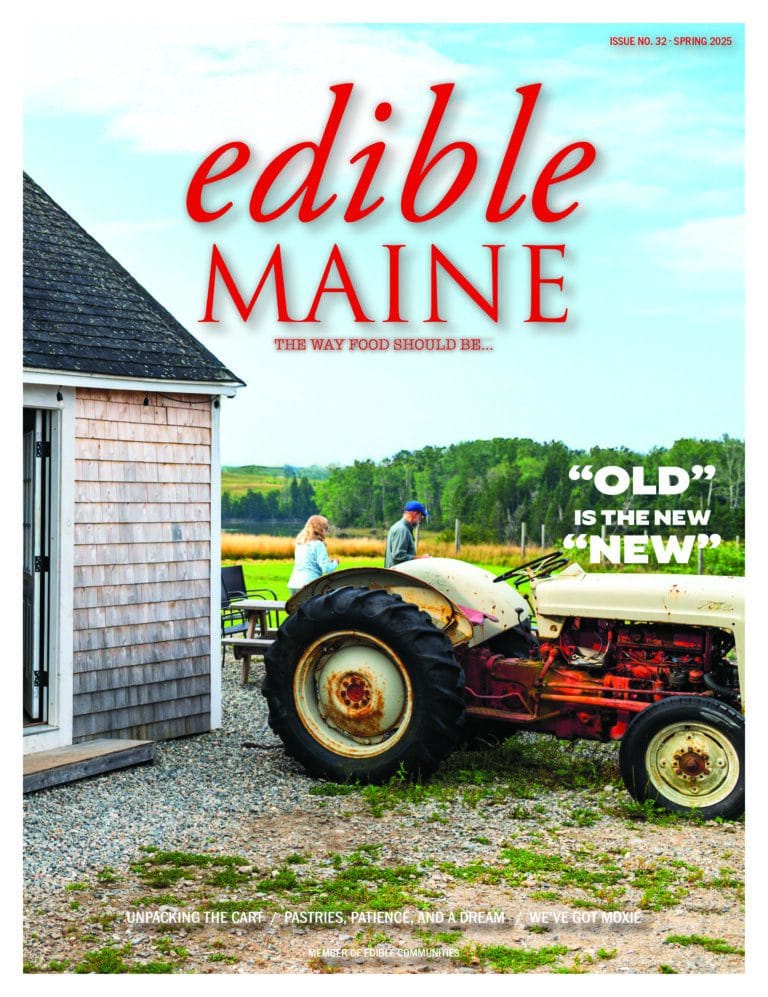Not even 10 years ago, most American bar-goers would have turned their nose up at an amaro. Now, you can’t find a cocktail menu without at least one. Fernet is back in style, and the negroni has become a cocktail genre of its own. There is even an entire bourgeoning, boutique spirits industry built around market demand for sought-after and difficult-to-source flavors of a bygone era. And if you aren’t too specific about your favorite brand, many of these liqueurs and infusions can also be replicated, to some extent, with goodies from the garden, the woods, or the farmers market.
While most regular drinkers are, by now, familiar with a whole host of old-world spirits, not a lot of people are aware of one of the most unique, and surreptitiously easiest-to-recreate, concoctions among them: nocino.
Nocino (no-CHEE-no) is a beautiful, charcoal-black walnut concoction, falling somewhere between liqueur and amaro, with soft, warm spice notes and an almost woody undertone. It can be made with a wide range of varying flavor profiles, from herbal to earthy. It’s often (but not always) quite sweet, sometimes a bit bitter, tannic to varying degrees, but always uniquely complex and mysterious. It is unlike any other spirit.
Nocino is made from the unripe fruits of the black walnut tree, which must be picked, legend has it, by barefoot witches on the 24th of June—in other words, when the skins are still soft and the nuts inside unformed. Once picked, usually after sundown, by said witches, the fruits are halved and macerated, either on their own or alongside any number of herbs and spices, in a high-proof clear spirit or grappa base. The nocino is traditionally left to steep for many months before it is strained, sweetened, bottled, and historically consumed alongside December festivities. Families and distilleries all over the European continent have their own secret recipes, usually handed down through the generations, unwritten. Flavor notes, sugar content, and ABV vary from one version to the next.
Like so many old-world beverages, nocino’s roots are medicinal, mystical, and largely forgotten or reinvented by the Catholic church. (For example, they might say virgins rather than witches did the walnut picking.) Today, nocino is generally accepted as a northern Italian spirit, but its true origin is uncertain. Some say it was first popularized by Romans who learned to make it in the British Isles in the 5th century. It is thought that soldiers learned the craft from the Celts in what is now Scotland and brought the tradition home with them to Italy. Others believe it came from Franc pagans who taught their techniques to invading Roman armies in the southern regions of modern-day France. Still others claim it as Swiss or German. Regardless, by the 13th century, there is evidence of nocino and nocino-adjacent infusions found in several regions of Europe, where they are still made today. The spirit is known as liqueur de noix (in France), Nüssenschnaps (in Germany), and ratafia (in Catalonia). Today, though it is still commonly consumed as a digestive, nocino is finally being acknowledged by the bar and spirits industry for its vast potential as a cocktail ingredient.
Nocino is a perfect fit for today’s craft cocktail market and is equally suited to the creative home bartender or anyone who likes to experiment with making their own amaro. Its many subtle variations lend themselves well to the enhancement of both the becoming-popular-again classics and the flavor profiles of modern creations inspired by old traditions. It holds a world of unrealized potential that few in the craft cocktail world have yet to fully embrace.
And you can make it at home, just like the witches of yore!
Aside from its luscious flavor, one of the great things that makes nocino stand out in a sea of re-emerging amari, apéritifs, and liqueurs is that we know what is in it. That’s in comparison to, say, Chartreuse, which hails from France and is made by monks from a whole host of well-kept secrets, in addition to being notoriously impossible to get your hands on in the current market (if you know, you know). And fortuitously, Maine is a great place to source nocino’s primary ingredient. All you need to do is find a walnut tree to scavenge—or a butternut tree in a pinch!
To make your own nocino, you will need approximately two pounds of green walnuts (or butternuts), enough to fill a quart jar loosely when halved. In Maine, these will ideally have been picked on or just before June 24th. This date is important—not only because the witches said so, but because once the walnuts become too mature, they impart less flavor and more tannins, resulting in a less refined drink.
After filling the jar with your halved walnuts, you will then add your chosen flavors. These could be anything you want—from herbs that grow locally, like hyssop and fennel, to pantry items like coffee beans or toasted coconut. Red wine and raspberries, roast chicory, and even apricot stones can all add unique flavors. However, a good, simple, and classic recipe to start with is on this page.




